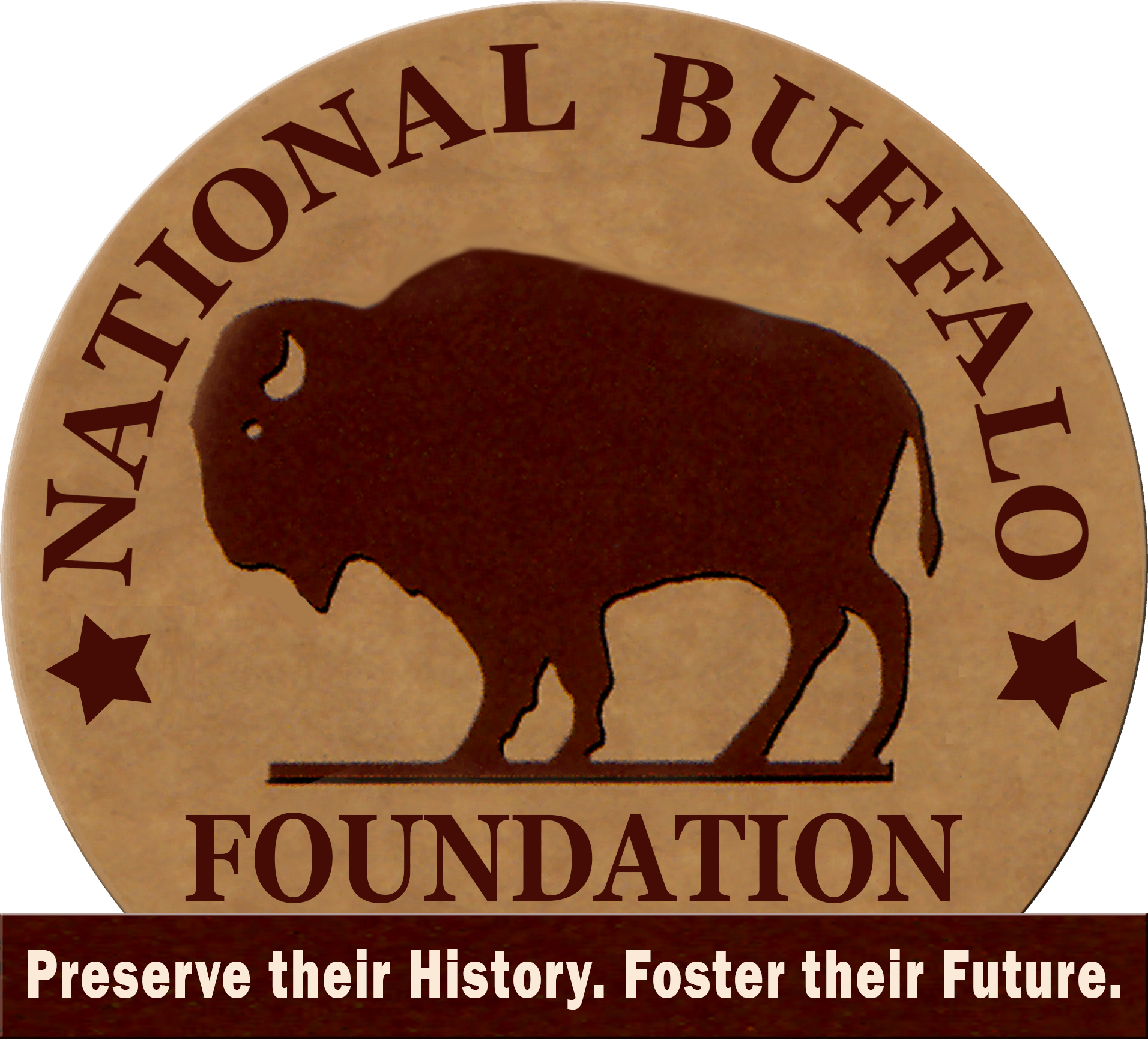Bison herdsman Fred Bell Matthews (1917– 2010) was born into a ranching family approximately 100 miles south of Dallas, at Spring Hill, Texas. The Matthews family also ran a meat market, doing their own butchering, and marketing the meat from their ranch.
Matthews worked with his father during the Depression, helping to put his brother and sister through college—a luxury Matthews himself never had. His father died when he was 19. He continued working on ranches until he was drafted in 1942.
While stationed two years near Rapid City, he married a local girl. From 1944 to 1946 he was involved in the push across France and
Germany into Berlin. Meanwhile back in South Dakota, his wife was caring for their newly started family on her own.
For nearly nine years after his return to the United States, Matthews worked on a ranch near Hermosa near Custer Park on the southeast edge of the Black Hills. Matthews rodeo’d a bit in the ‘40s and ‘50s and was considered a good bull rider, nearly attaining some championships. However, it took only one bad accident to convince him that bull riding was too risky. After he had healed, he stayed off the bulls, switching to bulldogging and calf roping.
Although he liked ranch work, the long hours and low pay left him dissatisfied. His proximity to Custer State Park had familiarized him with the park’s operations. In September 1954 he hired on as a skinner, since butchering was one of his greatest skills. Matthews enjoyed the regular hours, improved working conditions and better pay.
When he came to the park, there was no corral system and no practical means yet of cropping the bison herd except through slaughter. The park sold all excess bison as meat. Since the herd numbered 1,500 to 2,000 head, the bison kept well ahead of the annual cropping. Matthews chose the animals for slaughter in the open, where he could get the best look at them. After his first year strictly working as a skinner, Matthews was approached by the park superintendent to design and build a corral system.
Although he had nothing to go on for design except common sense and his own experience with bison, his practical corral system remained unchanged throughout the years, with only some modifications added to speed up the loading-out process for the annual sale. Several ranchers have adapted the system to fit their own operations.
These corrals have enabled the park not only to sell excess animals at the live auction but to start a selective breeding program. As soon as the handling facilities were installed, Matthews began aggressive culling and brucellosis clean-up.
Matthews enjoyed the hard work and challenges: “I’d like to work as long as I can keep my end of the work up. I get a lot of pleasure out of working out there with the buffalo. That isn’t the reason I started, but it’s one of the reasons I’ve stayed and want to keep going as long as they’ll let me. I think it’s good to stay halfway trim. I don’t think I’d like to lay around and get fat. This is hard work, but it’s a good job, and I’ve come up the ladder. I’ve learned how to keep my crew going and when I can’t keep up with them young fellers, I sit down and let them do it for a while. My experience and the direction I give them makes up for their youth and energy. Working with good people goes a long way, too.”
The corral system he built at Custer State Park can be visited yet today and is officially known as the Fred Matthews Buffalo Corrals.





0 Comments